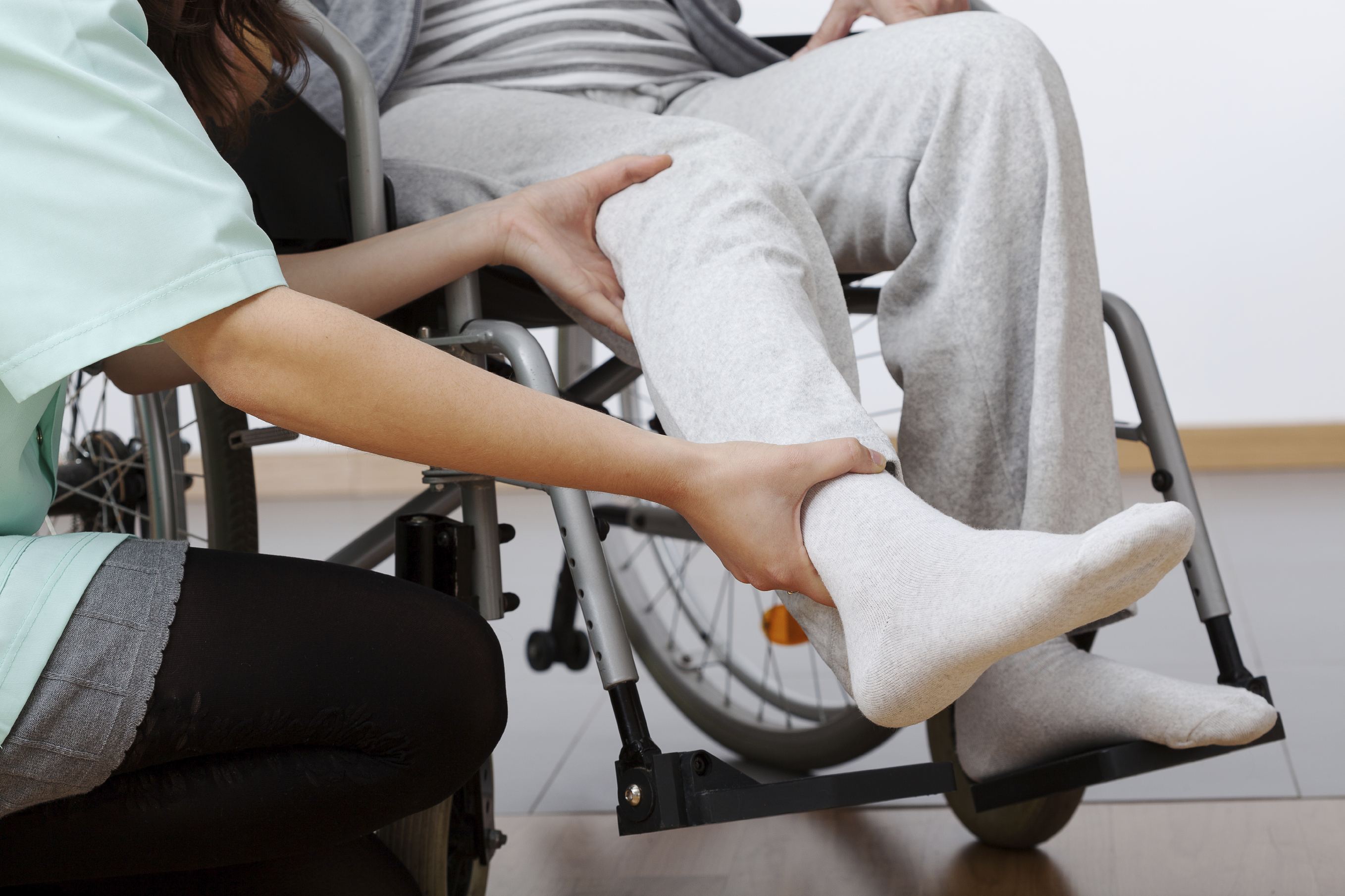First clinical trial for new skin wound-healing compound is a success

Virginia Tech Carilion Research Institute scientist Robert Gourdie developed a wound-healing peptide while researching how electrical signals trigger heartbeats. He never imagined that the peptide, ACT1, would prove to heal venous leg ulcers twice as quickly as the current standard of care.
The results of this phase 2, multicenter, randomized clinical trial, conducted by FirstString Research Inc., were recently published in the Journal of Investigative Dermatology.
Venous leg ulcers result from too much pressure in the leg’s veins. The tissues break down from the inside out. It is a particular problem in the elderly and can lead to painful and hard-to-heal open wounds.
“One of the problems you have with chronic wounds, like venous leg ulcers, is that the wounds get stuck in an inflammatory phase and they won’t close,” said Gourdie, a senior author on the paper. “After doing some preliminary studies, we saw that treatment with ACT1 encouraged wound closure much more quickly than normal.”
In the clinical trial, participants had, on average, ulcers measuring about three and a half centimeters around that had been open for about 17 months. The group using ACT1 had significantly better results than the group not using it – 79 percent of their ulcers closed after 12 weeks of ACT1 application and compression bandage treatment.
Only 36 percent of the control group’s ulcers closed after 12 weeks of using the standard compression bandage treatment.
“This outcome highlights the importance of basic biomedical research,” said Gourdie, who is also the director of the Center for Heart and Regenerative Medicine Research at the Virginia Tech Carilion Research Institute. “It was completely unexpected that our work – funded by the National Institutes of Health on electrical conduction in the heart – should lead to something that helps people who suffer from skin wounds.”
Gourdie and his team initially developed ACT1 in his laboratory at the Medical University of South Carolina while studying how to improve electrical communication between heart muscle cells. His postdoctoral associate at the time, Gautam Ghatnekar, left the laboratory to found a company – FirstString Research – with the mission of developing the compound for medicinal use. FirstString Research holds the exclusive rights to multiple patents for the ACT1 peptide, the underlying technology, and its applications.
“It’s exciting to see a serendipitous discovery translate in a clinical setting this well,” Ghatnekar said. “This represents a milestone for FirstString Research, and I’m proud of our team for a great job on executing the Phase 2 clinical trial in venous leg ulcer patients.”
FirstString Research – a biotechnology company that translates cellular communication into pharmaceutical and medical applications for scar prevention, inflammation reduction, wound healing, and tissue regeneration – planned and conducted the clinical trial to test the efficacy and safety of the compound on venous leg ulcers.
The numbers reveal the effectiveness of ACT1, and patients did not report any side effects associated with the compound. FirstString Research is planning phase 3 trials for FDA approval of the ACT1 peptide, known commercially as Granexin gel, for use in people with venous leg ulcers.
ACT1 works by binding to the ZO1 protein, preventing it from connecting to another protein known as connexin 43. It’s the first connexin-targeting drug that has successfully completed a clinical trial, according to Gourdie.
Normal, healthy cells have canals known as hemichannels that are normally sealed shut within their membranes. When the cell undergoes trauma, like a heart attack, the hemichannels open. They allow the cell’s insides to spill to the outside, a major signal of trouble to other systems in the body.
“The opening of the hemichannels causes white blood cells, a prime inflammatory cell that kicks off the immune response, to descend on the injury like a pack of wolves to protect the rest of body,” Gourdie said.
Injuries don’t have just the one trauma; they also have to handle a second response. Once the hemichannels open, the injury area swells, scar tissue forms, and it takes longer for the injury to heal. When ACT1 inhibits connexin 43 from binding to ZO1, it snaps the hemichannels closed.
“We think that by shutting the hemichannels with ACT1, we’re stopping them from triggering that immune response,” Gourdie said. “But we have more work to do to understand every piece of the process.”
Related Links
- Researchers to study mechanisms of hard-to-solve, hereditary breast cancer to find treatment option
- High earners in a stock market game found to have brain patterns that can predict bubbles and crashes
- Virginia Tech Carilion Research Institute scientist's work could lead to wounds healing twice as fast




